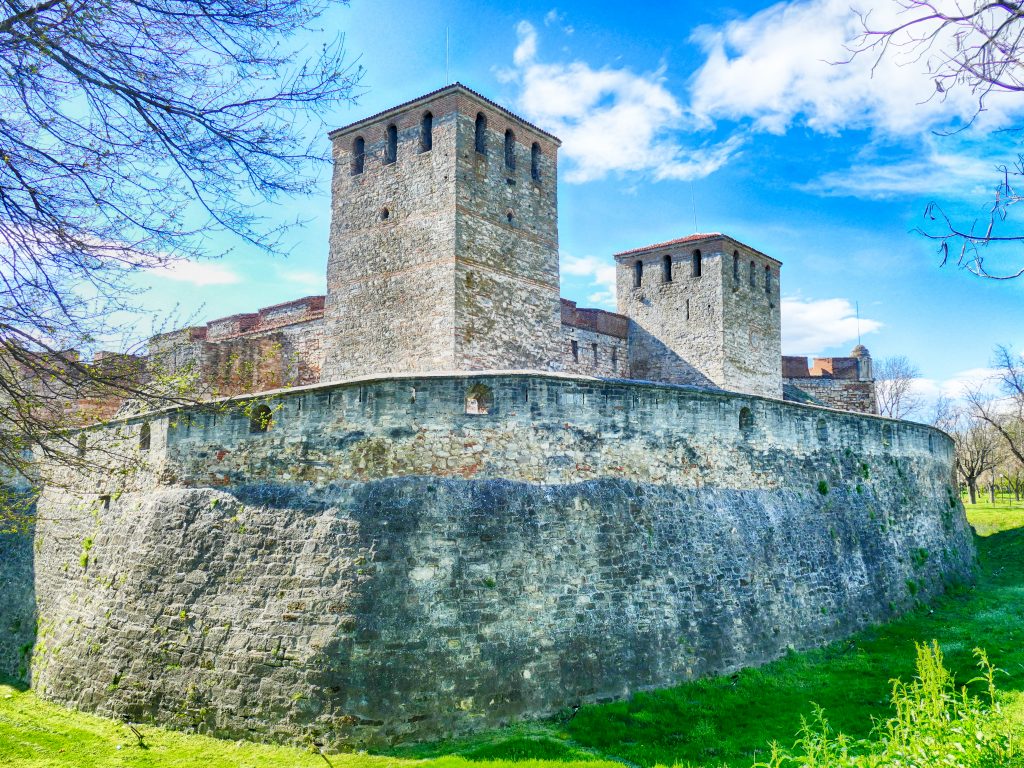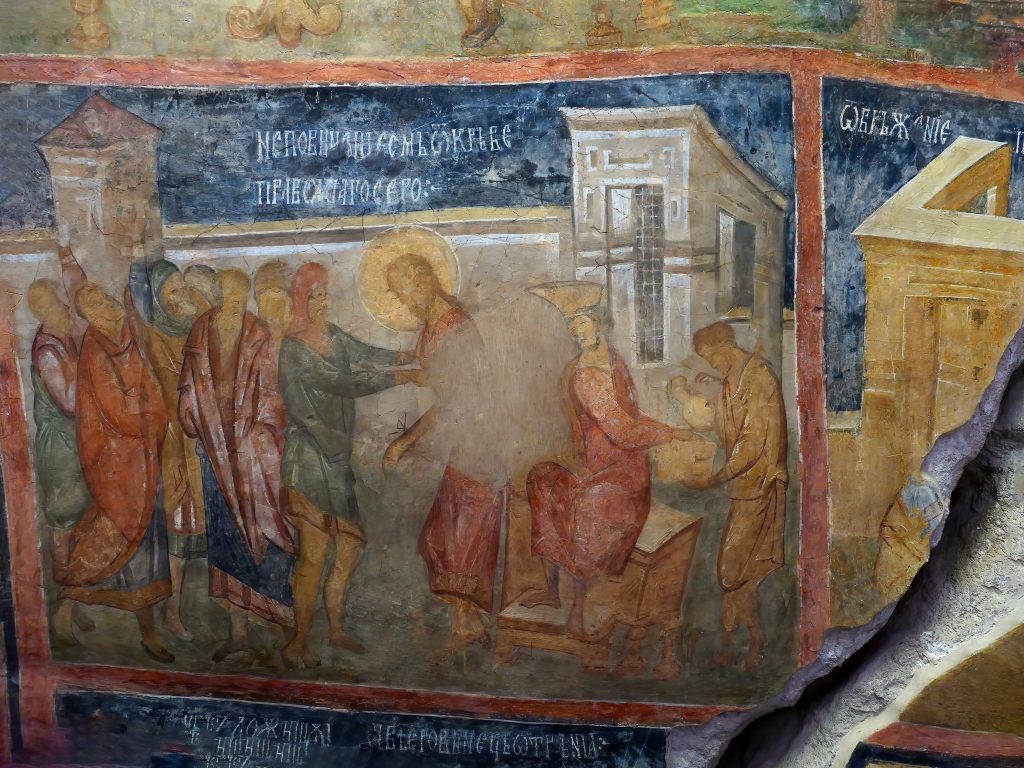Join our small group tour to Bulgaria in 2024
AMAwaterways Christmas Markets River Cruises
Vidin is one of the oldest towns in Bulgaria
and has played an important part in medieval Bulgarian politics due to its location along the Danube, as evident by the Baba Vida Fortress. This is the only fully preserved medieval fortress in Bulgaria whose unyielding 10th-century stone walls were built on the site of a Roman watchtower. The fortress was used for military purposes during the First and Second Bulgarian Kingdoms, the Ottoman Empire and through 1958. Today, a Danube River cruise visits and it’s a venue for folklore events, and it has even been a set for more than 50 movies. Vidin’s eclectic architectural and cultural heritage can be seen at its beautiful Orthodox Cathedral of St Demetrius, Turkish mosque, the Konak (the 18th-century headquarters of the Turkish police), the Cruciform barracks (which date to the 1790s), and the Synagogue, an impressive but almost destroyed building that has remained unused since the 1950s.

BABA VIDA FORTRESS AND VIDIN WALKING TOUR
Excursion Time: Morning Duration of Walking Tour: 2 hrs 30 mins Duration: 2 hrs 30 mins
Explore the regal town of Vidin, located in northwestern Bulgaria. Known as “The Danube’s Eternal Guardian,” Vidin sits on a bend in the Danube River opposite Romania. Your morning will include a visit to Baba Vida Fortress – the best-preserved medieval fortress in Bulgaria.


The excursion will also take you to the Triangle of Religious Tolerance, which symbolizes religious harmony and understanding and includes a synagogue, mosque and the Bishopric’s church and complex.
Bulgarian Orthodox Church of St. Nicholas of Myra


We’ve also visited the burial site and Orthodox church of St. Nicholas in Demre/Myra Turkey which receives many Orthodox pilgrims.

St. Demetrious Orthodox Church,


ROUSSE
Located on the South Bank of the Danube in North Bulgaria, Rousse is a former Ottoman fortress bursting with rich history and natural beauty. You’ll delight in its impressive Neo-Baroque and Neo-Rococo architecture, displayed throughout homes, churches and even the city’s bright red opera house. In fact, Rousse’s stunning architecture partially inspired its nickname: Little Vienna. Rousse also lays claim to many of Bulgaria’s “firsts,” including its first railway station, now the National Museum of Transport, one of a number of captivating museums in the city. A former Roman military camp and stronghold known as Seksaginta Pristis (Port of 60 Ships), Rousse protected its rocky remains on a hill for all to see. We started the day with a highlights tour of Rousse. Known for its 19th- and 20th-century Neo-Baroque and NeoRococo architecture, Rousse is often called the ‘Little Vienna.’
Later, we took a short, scenic drive through the Bulgarian countryside to the village of Ivanovo hiding in the picturesque canyon of the river Lom. Ivanovo is known for its churches, chapels and monasteries carved out of solid rock between the 12th and 14th centuries when Hesychasm (from the Greek for “stillness, rest, quiet, silence”) was widely practiced among Orthodox monks.
Hiking up to the rock-hewn churches we found well-preserved medieval frescoes that are wonderful examples of Bulgarian medieval art. The excursion was listed as strenuous, but turned out to be a good trail, with great views that gradually gained about 100-150′









Explore more of our Danube River cruise
Echoes of Faith – Rila Monastery’s Timeless Frescoes
Download royalty free images of Bulgaria
Buy prints, mugs, jigsaw puzzles & other products of Bulgaria